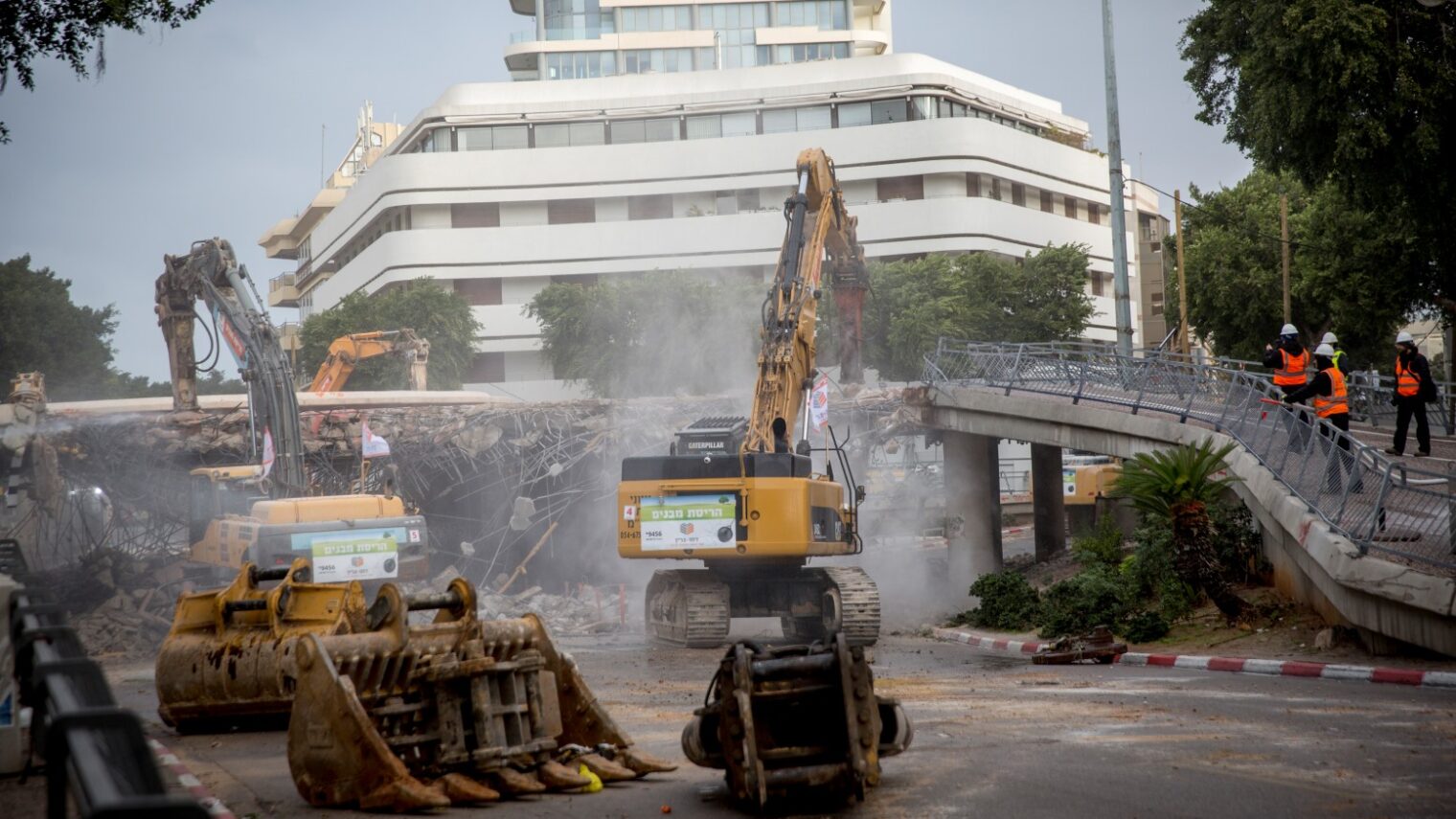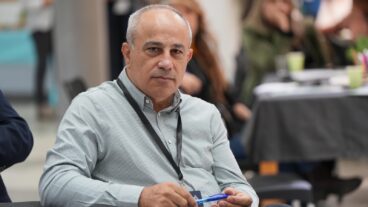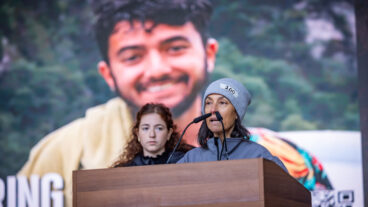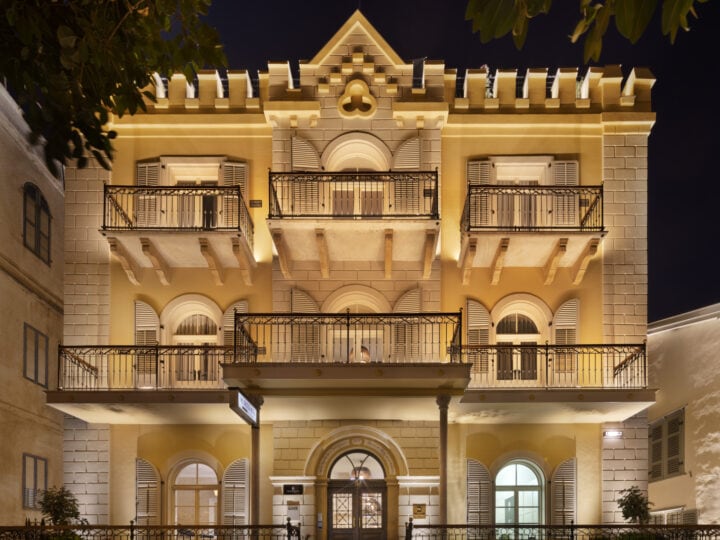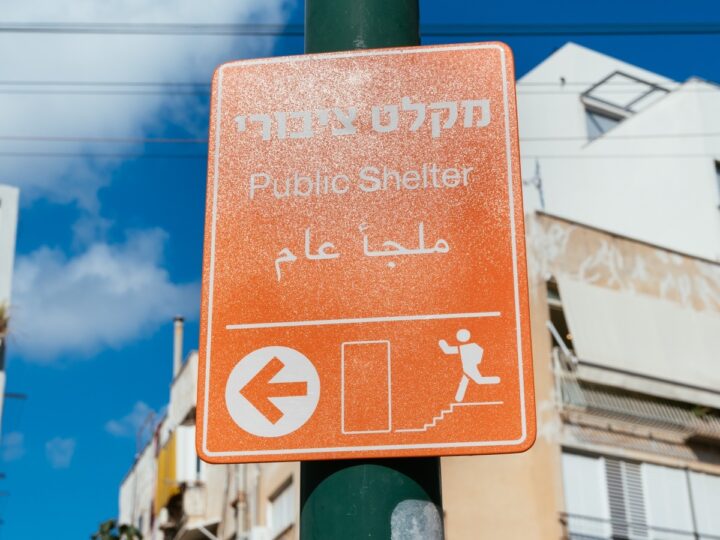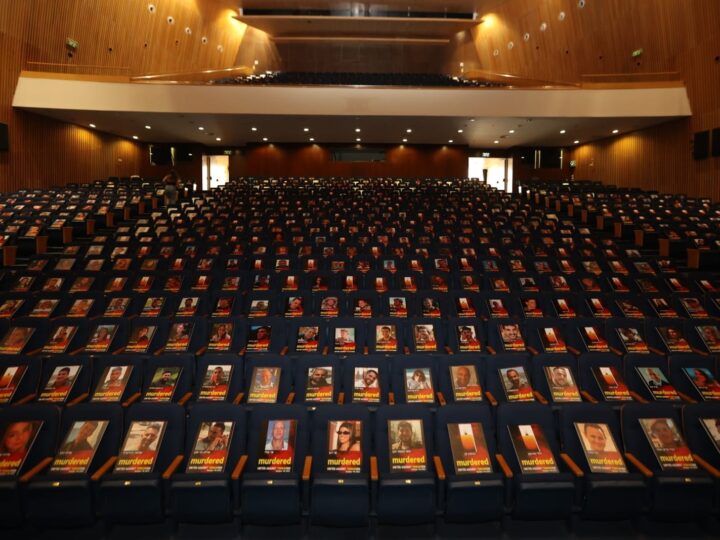Five hundred small pieces of the granulite floor from Dizengoff Square handed out to Tel Aviv residents as souvenirs on January 9, as bulldozers and other heavy machinery knocked down the famous landmark in the city center.
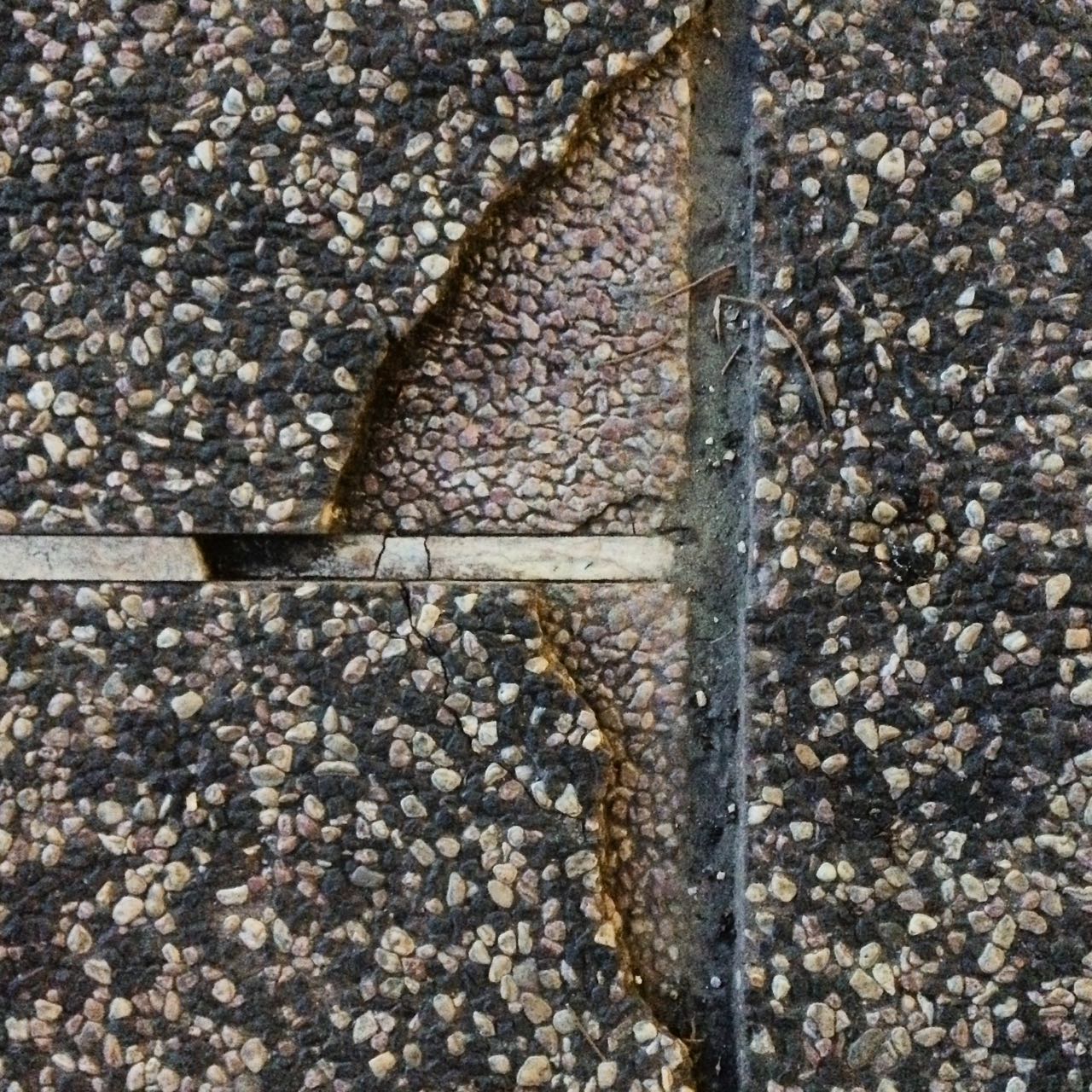
Many parts of Tel Aviv are already under construction (the light rail), the beach promenade) – and now, hard-hatted construction teams turned their attention to Dizengoff Square.
The newest city plan is moving this public space back down to street level where it was first inaugurated in 1938. The square was elevated in 1976 to ease traffic.
“Dizengoff Square is a symbol of the industry of days past, when the world preferred private vehicles, by taking an urban street and turning it into a public interchange. Lowering the square back to street level makes an important public statement, which can have a very substantial contribution to public space,” said Tel Aviv Mayor Ron Huldai.
https://www.youtube.com/watch?v=YeT3pBRouKo
The renovations are expected to take one year and will cost some $15 million.
In addition to upgrading the underground sewage, water, electricity and communications infrastructures, the city chose to lower the square in the hopes of bringing it back to its glory days.
In the 1930s, Dizengoff Square was the fashionable hub of the city. The Hebrew slang verb, “l’hizdangef” (“to Dizengoff”), was coined to describe strolling down this iconic Tel Aviv north-south artery.
As the years passed, the square became a seedy place. Many blamed the square’s elevation – and thus disconnectedness from the street – for this result.
So, the municipality decided it was time for a change.
In mid-December, the project kicked off with the dismantling of the famous Fire & Water Fountain at the square’s center.
The fountain, installed in 1986, quickly became a Tel Aviv landmark. The kinetic and colorful sculpture is the work of Israeli artist Yaacov Agam, who agreed to donate his unique piece to the city.
“The fire and water together in the sculpture recreates the dynamic elements of time and change,” artist Ron Agam, Yaacov’s son, explained. “The most important element of this artwork is its celebration of life. The most constant thing in life is change and everything is always in movement.”
That statement couldn’t be truer today as the city’s famous thoroughfare goes through a major facelift.
The city plans to reinstall the fountain after the renovation is completed. The new Dizengoff Square will include open green spaces, bicycle lanes, a new road configuration and renovated sidewalks.




